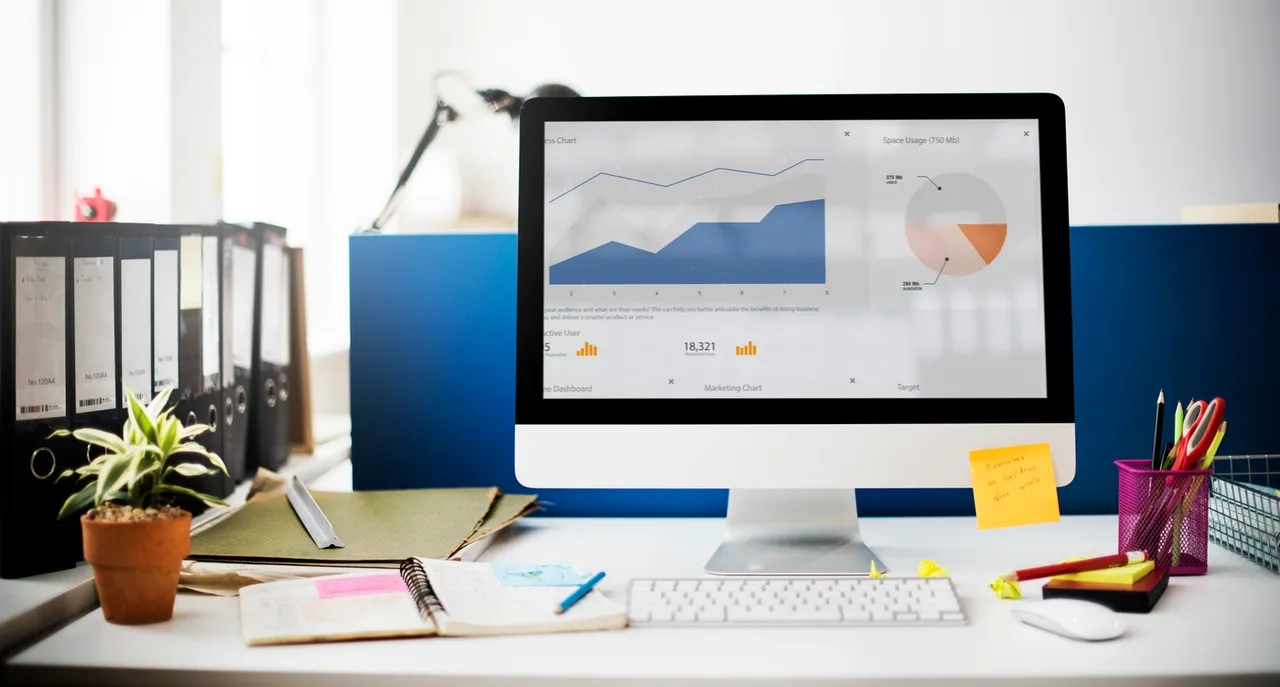The use of management dashboards to monitor management KPIs, metrics and other essential data points will allow you and your management team to make rapid, data-based decisions based on up-to-date information about your business.
A management dashboard provides you with a comprehensive snapshot of the company’s performance. This is critical since it condenses massive amounts of information into a one-page summary that can provide invaluable insight into the health of your company and help with executive decision-making.
It allows you and your managers to access the most relevant information instantly.
The data is represented graphically using tables, line charts, bar charts, sparklines, maps, or gauges so you and other users can see the information at a glance.
They also allow you and other users to drill down to investigate further if necessary.
Types of Management Dashboards:
- Operational Dashboards: Focus on monitoring day-to-day operations and performance metrics, such as sales volume, production output, or customer service metrics.
- Strategic Dashboards: Provide high-level insights into overall business performance and strategic objectives, helping executives track progress towards long-term goals and initiatives.
- Tactical Dashboards: Bridge the gap between operational and strategic dashboards by monitoring mid-range performance metrics and initiatives, such as project milestones or departmental goals.
- Analytical Dashboards: Enable users to conduct in-depth analysis and exploration of data by offering interactive features and drill-down capabilities to uncover insights and trends.
- Custom Dashboards: Tailored to specific user roles or business functions, custom dashboards allow individuals to focus on the metrics most relevant to their responsibilities and objectives.
In today’s fast-paced business landscape, making swift and informed decisions is paramount to staying competitive and responsive to market changes. Management dashboards serve as powerful tools that enable organizations to harness the wealth of data available and translate it into actionable insights promptly. By leveraging management dashboards effectively, businesses can drive agility, optimize performance, and seize opportunities in real-time. Significance of management dashboard is provided below,
Harnessing Real-Time Insights
Management dashboards provide a centralized platform for monitoring key performance indicators (KPIs), metrics, and trends across various business functions. With real-time or near-real-time data updates, decision-makers gain immediate visibility into the pulse of the organization, enabling them to identify emerging opportunities or issues as they unfold.
Agility and Responsiveness
In today’s dynamic business environment, agility is key to success. Management dashboards empower organizations to adapt swiftly to changing market conditions, customer preferences, and internal dynamics. By continuously monitoring relevant metrics and trends, decision-makers can make rapid adjustments to strategies, resources, and operations to stay ahead of the curve.
Data-Driven Decision Making
Gone are the days of relying solely on intuition or gut feelings to make decisions. Management dashboards enable data-driven decision-making by providing objective insights grounded in empirical evidence. By analyzing trends, patterns, and correlations within the data, decision-makers can make informed choices that are more likely to yield favorable outcomes and mitigate risks.
Identifying Trends and Opportunities
Management dashboards serve as early warning systems, allowing organizations to detect trends and opportunities before they become apparent through traditional channels. By spotting patterns in customer behavior, market dynamics, or operational performance, decision-makers can capitalize on emerging opportunities and proactively address potential challenges.
Facilitating Collaboration and Alignment
Effective decision-making often requires input and collaboration from multiple stakeholders across the organization. Management dashboards facilitate collaboration by providing a common platform for sharing insights, discussing trends, and aligning priorities. By fostering transparency and communication, dashboards enable cross-functional teams to work together towards shared goals more effectively.
Enhancing Accountability and Performance Management
With visibility into performance metrics and KPIs, management dashboards hold individuals and teams accountable for their actions and outcomes. By setting clear targets, tracking progress in real-time, and providing feedback based on objective data, organizations can drive accountability and performance improvement at all levels.
A well-designed dashboard will help improve your company’s productivity and save time, but a badly designed dashboard will confuse users and challenging to share. It needs to be easy to use and to report the most meaningful data and insights.
That’s why you must select the right metrics to display. Avoid the temptation to add as many metrics as you can. If you need to monitor lots of metrics, use dashboard tabs.
Keep the design simple to make it easier for people to read and to digest the information. Avoid using too many colours or fonts or different graphics. Group data in a way that’s relevant and which provides context.
To encourage as broad a range of users as possible, make the dashboard interactive with options to filter and drill down.
Decide the reporting frequency based on the type of dashboard you’re using. For example, structure operational dashboards so they provide daily reports and set up strategic dashboards to give monthly or quarterly report.


